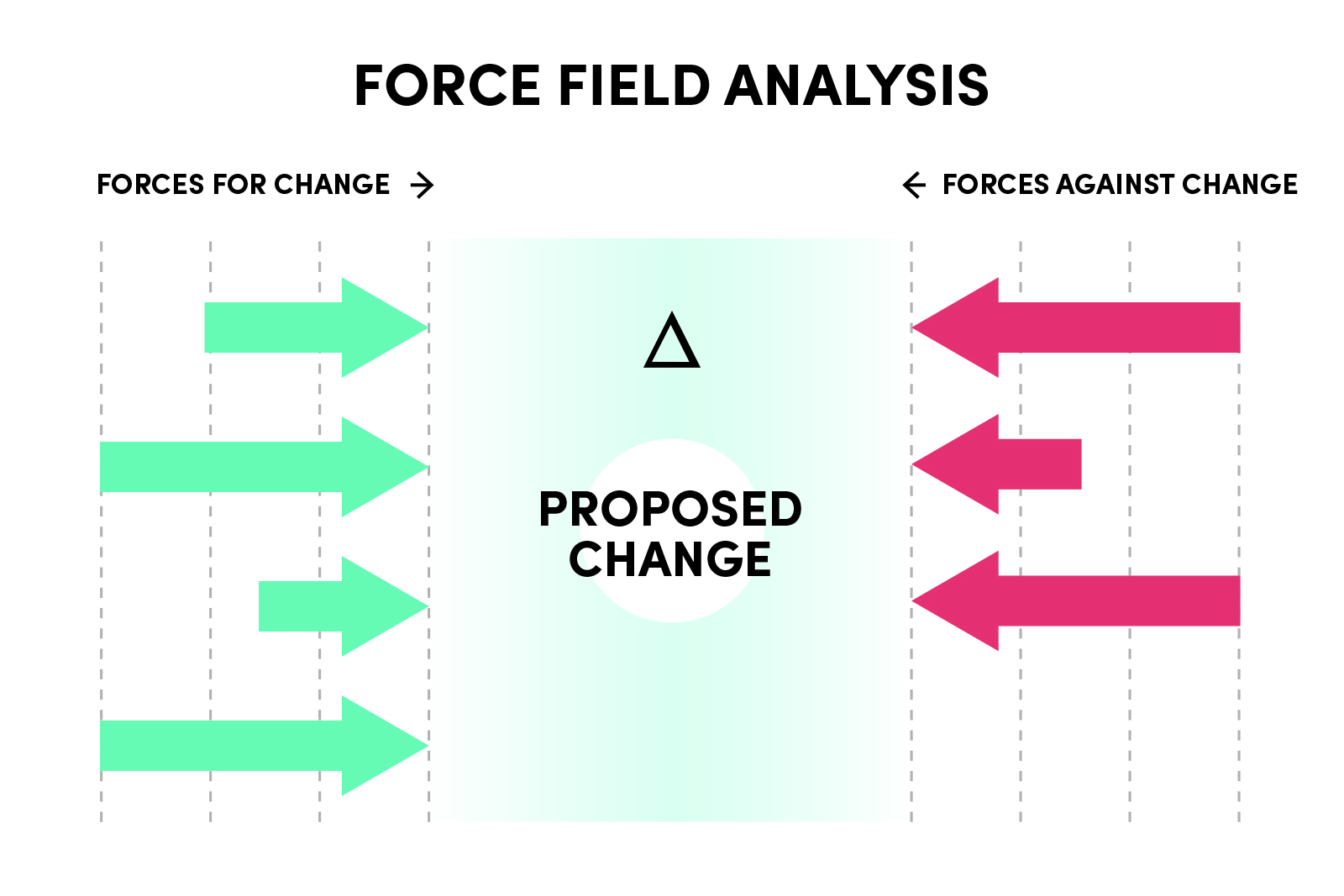by Jeremy Nulik
Some years ago, I heard this piece of folklore: Previous to the Wright Brothers’ experience at Kitty Hawk, a group approached the Santa Fe Railway with a proposal for investment. The group who represented Samuel Langley, a well-known inventor and physicist, told the executives about the fact that the next innovation in transportation would be through the air.
According to the fable, the railroad executives took little time to deliberate. “We are a railroad company. That is what we know how to do. Sorry. We don’t fly.” Their decision likely seemed prescient at the time. After all, there was “nothing broke.” The railroad was king at the end of the 19th century. So why would they change? Of course, none of us would be as myopic as the Santa Fe executives in this business fable. Of course not. All of us knew to invest in an internet-based decentralized form of currency in 2012 right? Well, maybe not. But, today, a single Bitcoin is valued at over 7500 US dollars.
This is not about having the ability to predict the future or make the right investments. Not at all. It is about an openness or disposition to consider change. And the edge of a new year is the best time to get the humans in your organization ready for change.

Today, with the rate of innovations and the fact that, one day, Amazon will own your industry (if it does not already), making openness to change a deep value is of critical importance. Disruption feels like the new normal. If you want to better create an attitude of openness in your organization, you can try something we do at Bigwidesky, a Force Field Analysis.
The purpose of a Force Field Analysis is to expose the systems that are at work around a proposed change. It makes transparent the forces that support and cripple change. And, most importantly, it creates a deep alignment among stakeholders.
The best time to use a tool like this is when you have been considering a change — a new department, business process, growth strategy. The detailed process for a Force Field Analysis is well-outlined in “Gamestorming,” a most insightful book from Dave Gray, Sunni Brown and James Macanufo. Generally, it works like this:
1. Decide on the most pertinent change for the organization you would like to examine for 2018. On a whiteboard or large paper, draw the change in the middle of the board. On the left side of the change label the top, “For.” On the right, label the board, “Against.”
2. Gather a group of your stakeholders, and grab some small sticky notes. Ask them to come up with the forces that would promote the change on one note color. Ask them for forces that would prevent the change on a different color of note.
3. Gather all of the notes “For” on one surface. And, with the stakeholder group, you can begin to cluster them around themes. Repeat the same process for “Against” cards.
4. Convert the clustered themes into forces. You can weigh that force on a scale of 1-5 based on how many notes were in that cluster.
5. Put the forces on the corresponding “For” and “Against” sides of the change drawing.
6. Quantify the totals “For” and “Against” columns. You should end up with a drawing and some quantifiable idea of what is at play.
You now have a basis for discussing change that is further removed from preconceived notions about change as a concept. The idea is to address the feasibility of innovation on a quantified basis. This framework also allows for you to determine strategies to overcome obstacles should you decide to go through with a change. Using this approach, you can make change feel transparent, natural and human instead of forced and mechanical.
Jeremy Nulik (jeremy@bigwidesky.com) is evangelist prime at bigwidesky, a human business consultancy, in St. Louis, Mo.
Submitted 7 years 334 days ago